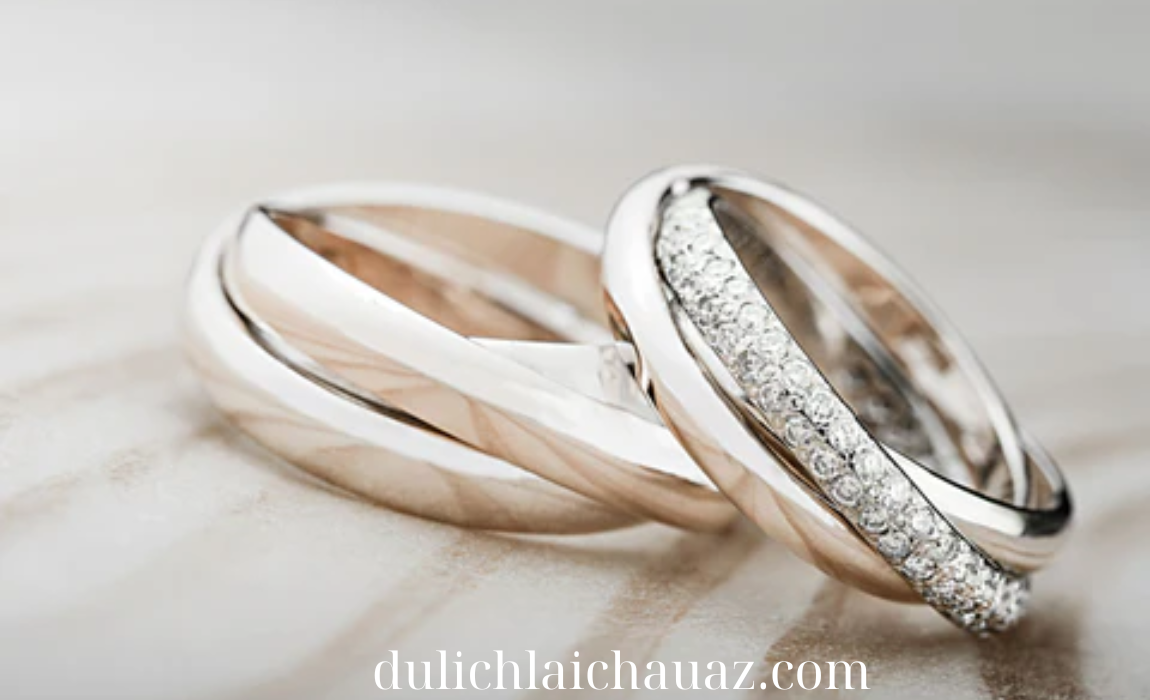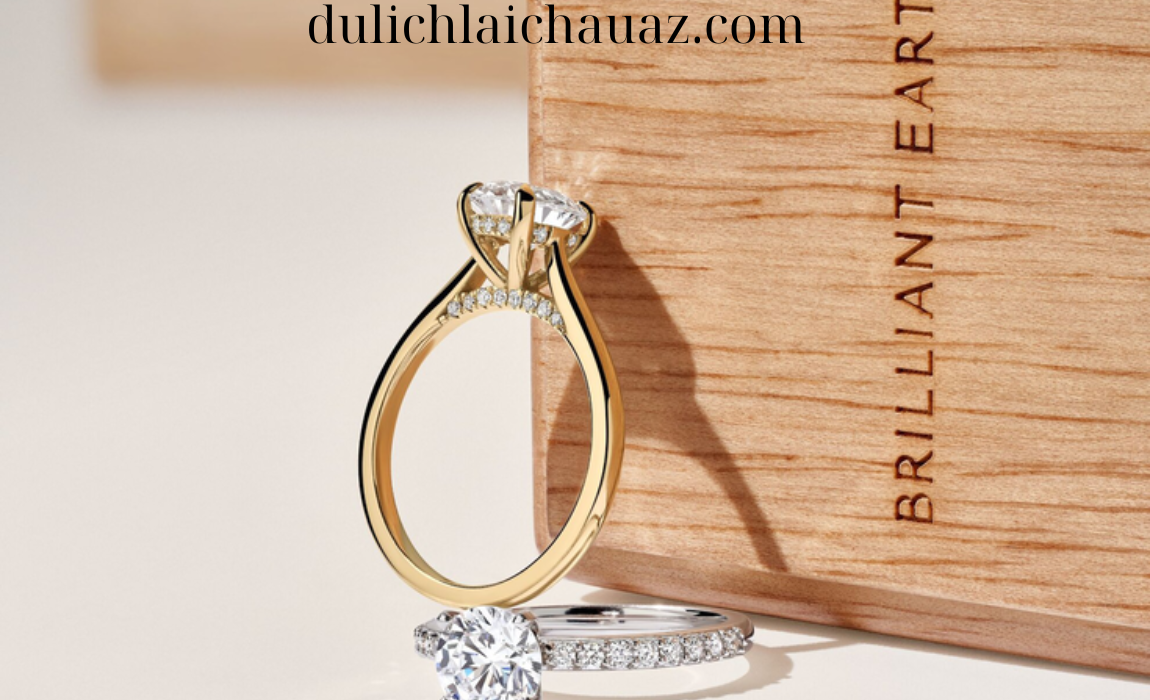Ring Buying Guidelines: Essential Tips for Finding the Right Piece
Whether you’re purchasing a ring for a special occasion, an engagement, or simply as a personal accessory, choosing the right piece can be a daunting task. With so many styles, materials, and stones to consider, it’s essential to be informed before making a decision. Here’s a comprehensive guide to help you navigate the ring-buying process and find the perfect piece that suits your style and needs.
1. Understand the 4Cs of Diamonds
If you’re in the market for a diamond ring, understanding the 4Cs—cut, clarity, color, and carat—is crucial for assessing the stone’s quality.
- Cut: The cut of a diamond affects how well it reflects light, which determines its brilliance. A well-cut diamond will sparkle more than one with a poor cut, even if they have the same carat weight.
- Clarity: Clarity refers to the absence of imperfections (inclusions) within the diamond. While most imperfections are not visible to the naked eye, a higher clarity grade usually means a more valuable stone.
- Color: Diamonds range in color from D (completely colorless) to Z (light yellow or brown). The less color a diamond has, the more valuable it is, although some people prefer the warmth of diamonds with a slight tint.
- Carat: Carat weight refers to the size of the diamond. Larger diamonds are rarer and more expensive, but the cut and quality of the stone can make a bigger difference in its visual impact than carat size alone.
2. Consider the Metal Type
The metal of the ring’s band is just as important as the stone. The choice of metal can affect both the ring’s appearance and its durability.
- Platinum: Known for its durability and naturally white color, platinum is a popular choice for engagement and wedding rings. It’s more expensive than gold but requires less maintenance.
- White Gold: White gold has a similar appearance to platinum but is more affordable. It’s often plated with rhodium to enhance its whiteness, but this plating can wear off over time, requiring occasional re-plating.
- Yellow Gold: Yellow gold has a classic, warm appearance and is available in various karats, with 14k and 18k being the most common. Higher karat gold is purer but softer and more prone to scratching.
- Rose Gold: Rose gold has a unique pinkish hue due to its copper content, making it a trendy and romantic choice for many buyers. It’s also relatively durable.
3. Choose the Right Ring Style
The style of the ring should reflect the wearer’s personal taste and lifestyle. Here are some popular styles to consider:
- Solitaire: A single diamond or gemstone set on a plain band. This classic and timeless style is popular for engagement rings.
- Halo: A central stone surrounded by a circle (or halo) of smaller stones, which enhances the ring’s brilliance and gives the illusion of a larger center stone.
- Three-Stone: A ring featuring three stones, symbolizing the past, present, and future. This style is often chosen for its symbolic meaning and its elegant, balanced appearance.
- Pavé: A band encrusted with small diamonds or gemstones, creating a sparkling surface. This design adds extra brilliance and complements the central stone.
- Vintage: Vintage-inspired rings often feature intricate details, such as filigree or milgrain, and are perfect for those who appreciate antique designs.
4. Think About the Wearer’s Lifestyle
Consider the wearer’s daily activities and lifestyle when choosing a ring. If the wearer leads an active lifestyle or works with their hands often, a durable metal like platinum or a lower-profile setting (such as a bezel setting) may be more practical to avoid damage or catching.
- Practicality: A more delicate ring may not be the best choice for someone who works with their hands or leads an active lifestyle. Choose a sturdy setting and durable materials if the ring will be worn daily.
- Comfort: Thicker bands or large settings can sometimes be uncomfortable for daily wear. Opt for a slimmer band or a ring with a comfortable fit if comfort is a priority.
5. Set a Budget
Before you start shopping, determine how much you’re willing to spend. Rings come in a wide range of price points, and knowing your budget will help you narrow down your options. Remember that while diamonds are the traditional choice for engagement rings, there are also many beautiful and more affordable alternatives, such as moissanite or sapphire.
- Prioritize the 4Cs: If you’re choosing a diamond, consider which of the 4Cs matters most to you. For example, you may prioritize a larger carat weight over perfect clarity or opt for a well-cut diamond that may be slightly smaller.
- Alternative Stones: If your budget doesn’t allow for a diamond, consider gemstones like sapphires, rubies, or emeralds, which offer vibrant color and are often more affordable.
6. Get the Right Ring Size
Ensuring the ring fits perfectly is essential. A ring that’s too tight or too loose can be uncomfortable or even risk falling off. If you’re buying a ring as a surprise, discreetly find out the wearer’s ring size, or opt for a slightly larger size that can be resized later.
- Measuring: Ring sizing can vary slightly depending on the jeweler, so it’s best to have the wearer’s finger measured by a professional jeweler. Rings should fit snugly but slide on and off the finger comfortably.
- Resizing: Keep in mind that not all rings can be resized easily. Bands with intricate details or stones around the entire circumference may be difficult or impossible to resize.
7. Think About Customization
If you’re looking for something truly unique, consider customizing a ring. Many jewelers offer custom design services, allowing you to select the stone, setting, and metal to create a one-of-a-kind piece.
- Custom Designs: Work with a jeweler to create a custom ring that reflects your personal style. This can include unique engravings, personalized settings, or the use of family heirloom stones.
- Engraving: Adding a personal engraving inside the band is a thoughtful way to commemorate a special date or message, making the ring even more meaningful.
8. Check for Certifications
When purchasing a diamond or other precious gemstone, make sure it comes with a certification from a reputable gemological institute, such as the Gemological Institute of America (GIA) or the American Gem Society (AGS). This ensures that the stone’s quality has been independently verified.
- Diamond Certification: A certified diamond comes with a detailed report that provides information about its 4Cs, helping you understand its value and quality.
- Authenticity: Certificates also verify the authenticity of the gemstone, ensuring that you’re purchasing a genuine stone rather than a synthetic or treated one.
Final Thoughts
Finding the perfect ring is a blend of personal taste, practicality, and careful consideration of details like the 4Cs, metal type, and style. Whether you’re searching for an engagement ring, wedding band, or a statement piece, following these essential guidelines will help you make an informed and confident choice. With the right knowledge and a clear idea of what you’re looking for, you’ll be sure to find a ring that’s both beautiful and meaningful.














Post Comment